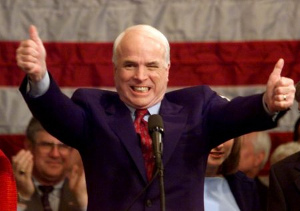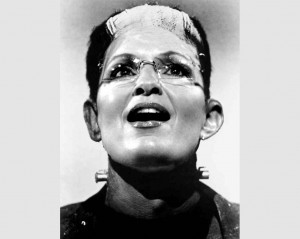
There is pretty widespread agreement on the need for reforming our healthcare system. There is much less agreement on how to achieve the desired results of universally accessible coverage and affordable costs. Much of the angst exhibited during the debate over the new healthcare reform law as well as the repeal and reform again position of the GOP’s new Pledge to America is rooted in everyone’s fear that reform will break what already works.
However, the notion that what we have already works is somewhat of a facade. Granted, there are ample horror stories of people who lack coverage, whose policies have been canceled, or who are dying because they can’t afford the treatment they need. While that’s a tragedy in its own right, the horror doesn’t impact a significant enough portion of the voting population to drive change. The reality is that people are generally happy with the care they receive, and while they’d like lower costs, cost is not a major pain point in their financial lives. Perhaps that is the key point to address in order to get action and cooperation towards real and substantive reform.
Post WWII labor and tax laws created the uniquely American system of getting healthcare primarily through employers. The result has been that the majority of the cost of healthcare insurance is completely hidden from us as employees. Let’s change that.
While it may be tough to get this program to roll out correctly, in principle we need to legislate that every employee have his wages increased by the amount that the company is contributing to the employee’s health insurance. It would also be necessary to provide a payroll tax credit for the employers for that same amount so that companies’ would find this change tax neutral. Also needed is a tax code change for individuals such that health insurance premiums are deductible on your income tax. This should also be tax neutral as you are not currently charged tax on employer or employee contributions to healthcare. At this point, everything should be financially equal to the system as it exists today.
Now, as an individual, you get to go shop for healthcare insurance much as you would for car insurance. Buy whatever policy suits your family’s needs. Keep in mind that the average cost of a family policy today is about $14,000/year. Even allowing for new competition driving rates down, your family can still expect to write a check for about $1000 every month to pay your healthcare insurance premium.
Even given that your wages are now higher, it would be a reasonable bet that the visible and widespread financial pain of families now paying what amounts to a second mortgage payment for healthcare would inspire a call for government intervention that would make either party’s current plan look like an exercise in rearranging deck chairs.
We don’t need better ideas for reform as much as we need better light on the current situation.



